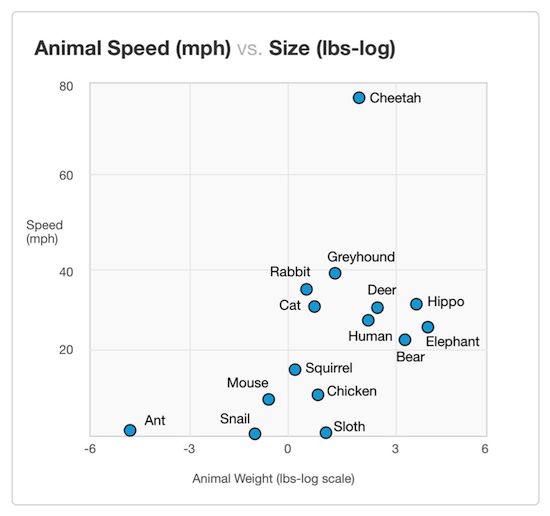Much of what makes a great product manager is empathy and a desire to serve others. Tulsi demonstrates these qualities better than most I’ve come across. As you will see below, her passion for design as part of product management is only surpassed by that for her customers, products and causes. Oh, and there is usually much laughter involved. Enjoy and feel free to reach out to her at http://about.me/tulsid.
Even after years of product management experience at several companies, I still get frustrated when folks frequently say “So, you are a Project Manager”. I usually respond with a vehement “No!” and go on to describe what it is I actually do everyday.
With this in mind, let’s begin this discussion by describing what a Product Manager is. A (good) Product Manager is the champion of the customer and the market: part product visionary and part liaison officer between external and internal needs, pressures, and limitations.
As Catherine Shyu, Product Manager at Send Grid puts so nicely:
“Much of a Product Manager’s responsibility is to juggle multiple streams of conversation and move them towards closure.”
Successful disruptive and innovative brands like Basecamp, Airbnb, Fab, and many others have proven that features alone don’t improve the sales. Instead the infusion of design and love into the products is what creates real customer engagement and advocates. That’s why many of the companies mentioned have consolidated Product Management and Design into single roles or departments. Now the Product Management role is evolving even further.
In the words of Gary Tan
“The ideal startup team consists of: a designer, a hustler, and a hacker.”
The most successful Product Managers I’ve worked with and learned from seem to embody the qualities of all of these three roles. Just consider what these roles bring to the table:
DESIGNER
This role can seem as nebulous as the Product Manager’s, so it’s no wonder they’re coalescing. Whatever the type of designer, success is based on the ability to emphatize, perceive deep customer needs, and anticipate customer behaviors.
That’s why Product Managers with design and usability skills are able to create experiences rather than the features, simplify the interactions, and sketch and wireframe ideas to tell stories that others can understand.
HUSTLER
Contrary to any negative (and possibly cheeky) connotations, the hustler knows the market, knows how to sell, and knows how to work with what they have to turn a profit. In other words, she knows how to connect products with customer and market needs. The hustler’s skills can help a Product Manager think beyond product design to the critical marketing and sales activities that will make products and companies thrive.
HACKER
Hackers can think creatively, come up with solutions quickly, and iterate through problems they encounter along the way. They are also curious about technology and how things work. Hacker instincts help Product Managers communicate well with engineering teams, and work lean to get the best possible outcomes with the least possible time and resources.
The bottom line: the days of the traditional product manager are gone. Lines are naturally blurring around the Product Management role and discipline, and that’s a good thing! The better you are at blending these three roles, the more equipped you will be at juggling the responsibilities that are on today’s product manager. So, hustle, design, and hack your product into shape. And then tell somebody what you do!
Many thanks to @Imusicmash and @apmcinnes for their comments and feedback.



















